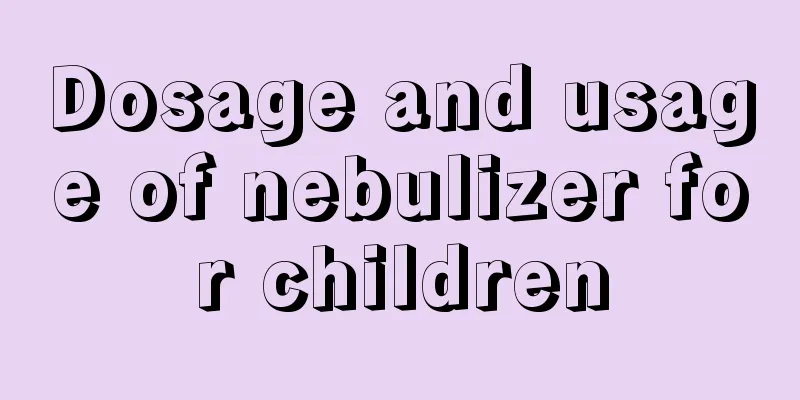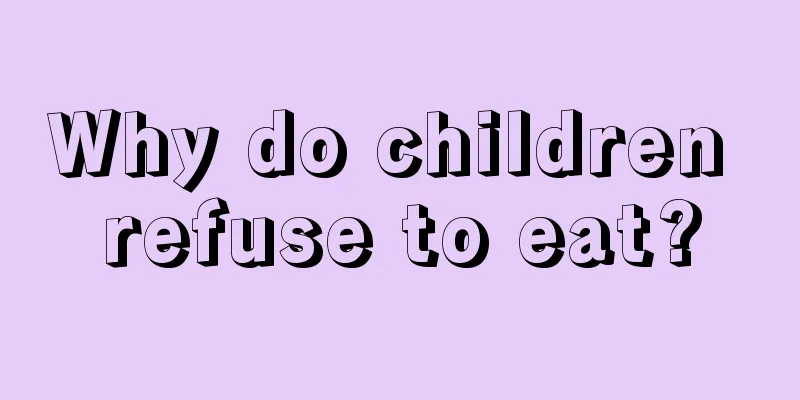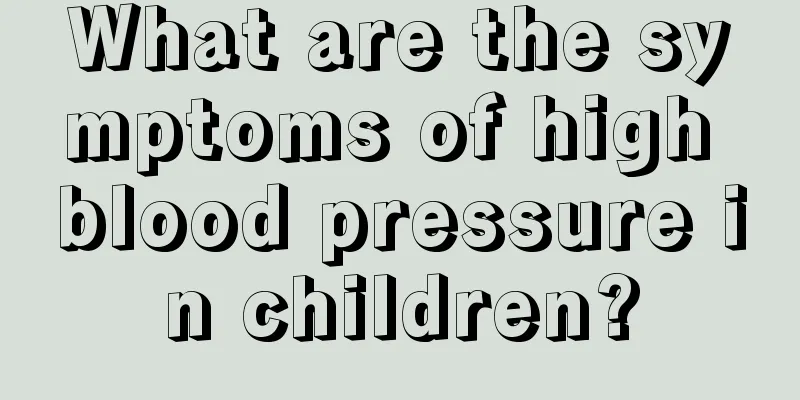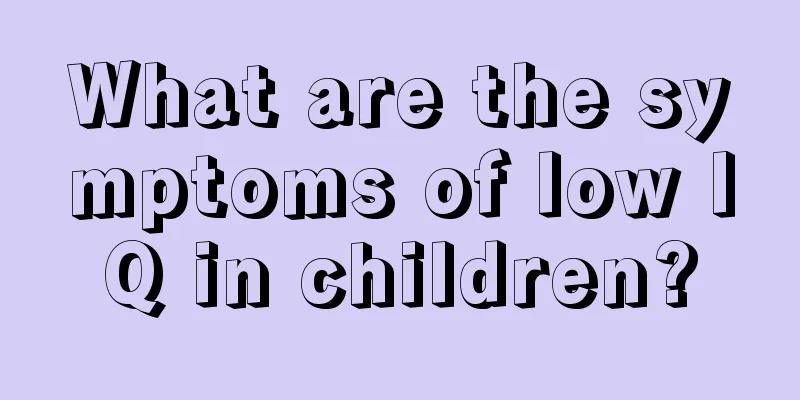Dosage and usage of nebulizer for children

|
Nebulizer therapy is a very special treatment method. It mainly uses a nebulizer to disperse the drug into tiny particles. After the drug is inhaled into the lungs, it can clean and humidify the airways. In view of the characteristics of nebulizer therapy, the dosage must be controlled when using it, especially when children receive nebulizer therapy. So, what is the dosage and usage of nebulizer medication for children? Let’s take a look below.
Mainly used to relieve bronchospasm, commonly used drugs are: Anticholine drugs - the commonly used drug is ipratropium bromide, with a concentration of 0.025% in aqueous solution. Adults 2 ml each time, children 0.4~1 ml, add an equal amount of normal saline and nebulize for inhalation, or you can directly inhale the original solution, 2 to 3 times a day. 10% to 30% of the inhaled dose is deposited in the lungs, with less absorbed by the gastrointestinal mucosa. It has a high selectivity for respiratory smooth muscle. It takes effect 10 to 30 minutes after inhalation, reaches its peak effect in 1 to 2 hours, and the effect can last for 6 to 8 hours after one inhalation. It is mainly used to treat acute attacks of COPD and bronchial asthma. The drug has minimal adverse reactions, but there have been reports of acute urinary retention after inhalation. Therefore, it should be used with caution in patients with prostate hypertrophy, glaucoma, and pregnant or lactating women. β2 receptor agonists - currently the commonly used drugs in clinical practice are salbutamol. The concentration of its aqueous solution is 0.05%. After atomization, it forms aerosol particles with a diameter of 2~4 μm. After inhalation, 10%~20% of the drug can reach the lower respiratory tract. The usual dose is 2 ml of the drug plus an equal amount of normal saline for nebulized inhalation. It takes effect 5 minutes after inhalation, reaches its peak in 15 minutes, and the efficacy can last for 4 to 6 hours. It is mainly used for patients with severe bronchial asthma attacks and COPD with obvious bronchospasm. Since this type of drug also has a partial stimulatory effect on the beta receptors of the heart and skeletal muscles, some patients may experience palpitations and skeletal muscle tremors after inhalation. Patients with organic heart disease, hypertension, and hyperthyroidism should use this type of drug with caution. 2. Glucocorticoids: They are highly effective locally and safe throughout the body. Commonly used drugs include: Budesonide: The drug concentration is 1 mg/2 ml, use 2 ml each time, 2 to 3 times a day. About 10% of the drug administered via aerosol is deposited in the lungs, with a distribution volume of about 300 L in adults and 3.1-4.8 L/kg in children, indicating that it has a high tissue affinity and can exert a strong local anti-inflammatory effect, and a small dose can have a therapeutic effect. Nebulized inhalation of budesonide takes effect quickly and can exert airway anti-inflammatory effects within 10 to 30 minutes. It is suitable for the treatment of acute attacks of severe bronchial asthma, especially for children with asthma. The therapeutic effect will be better if it is combined with anticholine drugs and/or β2 receptor agonists for nebulization inhalation. It should be noted that doctors should advise patients to rinse their mouths thoroughly after nebulization inhalation to prevent Candida infection of the oral cavity and pharyngeal mucosa.
Although α-chymotrypsin can reduce the viscosity of sputum, making it dilute and easier to expel, long-term aerosol inhalation can lead to squamous metaplasia of the airway epithelium and occasionally cause allergic reactions. It is rarely used nowadays. Ambroxol hydrochloride can regulate the secretion of respiratory epithelial serous fluid and mucus; stimulate alveolar type II epithelial cells to synthesize and secrete alveolar surfactant to maintain alveolar stability; increase the movement of respiratory epithelial cilia to make sputum easier to cough up. Children <2 years old take 7.5 mg each time; children >2 years old take 15 mg each time, nebulize and inhale 2 to 3 times a day. 4. Antibiotics: Nebulized inhalation of antibiotics has a certain therapeutic effect on respiratory infections. Intermittent or short-term prophylactic inhaled antibiotics can effectively reduce the colonization rate of Gram-negative bacteria in the upper respiratory tract. At present, aerosol inhalation of antibiotics is mainly used in clinical practice to treat hospital-acquired pneumonia in critically ill patients with Gram-negative bacterial infection. It is important to note that the surface fluid covering the respiratory epithelium is isotonic and has a neutral pH. Inhaled antibiotics with high osmotic pressure or low pH can cause coughing and even airway spasm. The pH values of tobramycin sulfate and ceftazidime are suitable for inhalation administration. The inhaled antibiotics should be dissolved in normal saline at a concentration of 100 mg/ml.
In order to enhance the effect of nebulization inhalation or shorten the time of nebulization inhalation, doctors will mix multiple drug solutions or suspensions and let the patient inhale them at the same time. For example, the combined use of anticholine drugs and β2 receptor agonists has a synergistic effect, a stronger bronchodilator effect, and is characterized by rapid onset and long-lasting effects. Clinically, 2 ml of each of the above two drugs can be used for nebulized inhalation. However, when mixing liquids for inhalation, one must pay attention to the physical and chemical properties of various drugs and their compatibility, whether there are any incompatibility contraindications, etc. Generally speaking, ipratropium bromide, salbutamol, ambroxol, and tobramycin can be used together. Budesonide can be used in combination with terbutaline, salbutamol, sodium cromoglycate, ipratropium bromide, fenoterol, and acetylcysteine, but it is not recommended to use ipratropium bromide in combination with sodium cromoglycate because the two can form an oily, non-crystalline complex and precipitate when mixed. Tobramycin is incompatible with budesonide and sodium cromolyn. |
<<: Why does my child have a stomachache after eating?
>>: What is the cause of pelvic effusion in children?
Recommend
How to deal with a baby having a fever and convulsions
We all know that convulsions are a disease, but s...
Nursing care for mild hypoxia in newborns
How to care for a newborn with mild hypoxia? Hypo...
What is considered precocious puberty?
Some female friends will feel that their babies a...
What to do if your child has a red and swollen throat
Babies are very delicate. Nowadays, many children...
How to shave your baby's head when it's one month old
There is an old saying in China that a baby’s hea...
How to judge baby's sleepiness
Drowsiness is a common symptom, especially in inf...
Symptoms of calcium deficiency in 8-year-old children
Eight-year-old children are prone to calcium defi...
One-year-old baby eating grapefruit
Grapefruit tastes sour and sweet, and it is very ...
What should I do if my 2-year-old baby has bowel movements for three days?
I believe that the last thing every mother wants ...
What is the sleep time for primary school students?
As society continues to develop, taking a nap can...
What to do if a five-year-old child has a picky eater
Children's picky eating is a common phenomeno...
At what age can a baby recover from hypothyroidism?
Hypothyroidism is an endocrine disease. It is rel...
Baby sleeping with cold hands
Babies' body temperature should be higher tha...
The harm of formaldehyde to children
Everyone must have heard about cancer caused by i...
What should I do if my full-month baby is calcium deficient?
I believe that parents are the happiest and most ...









